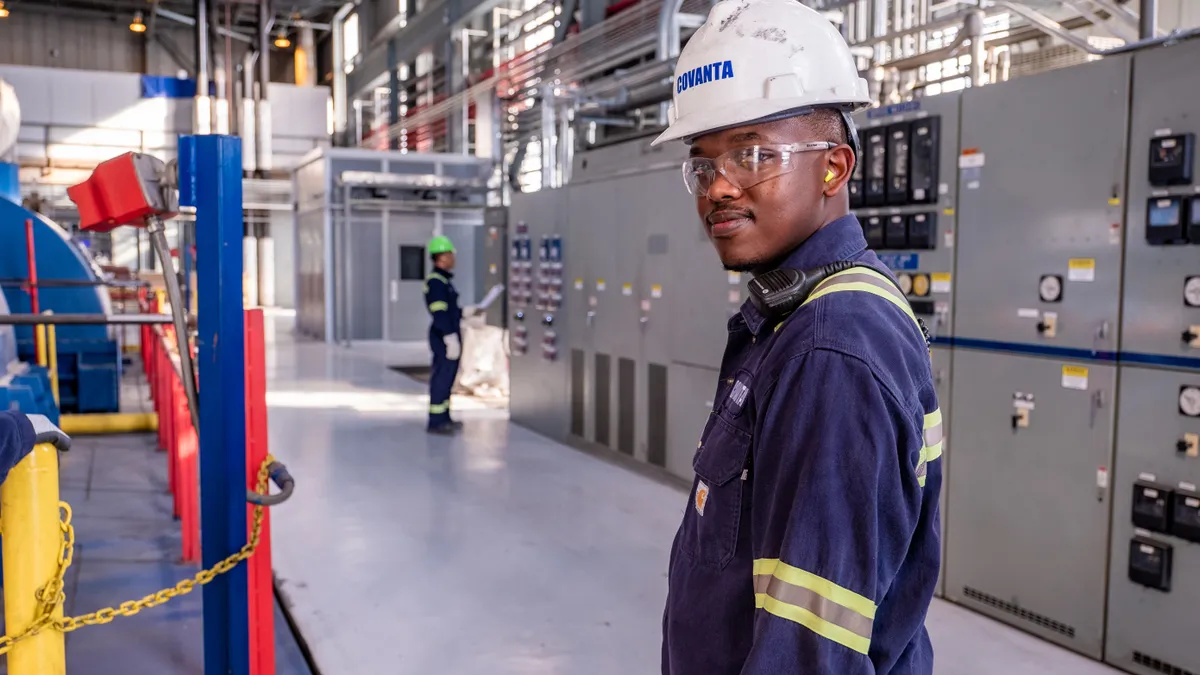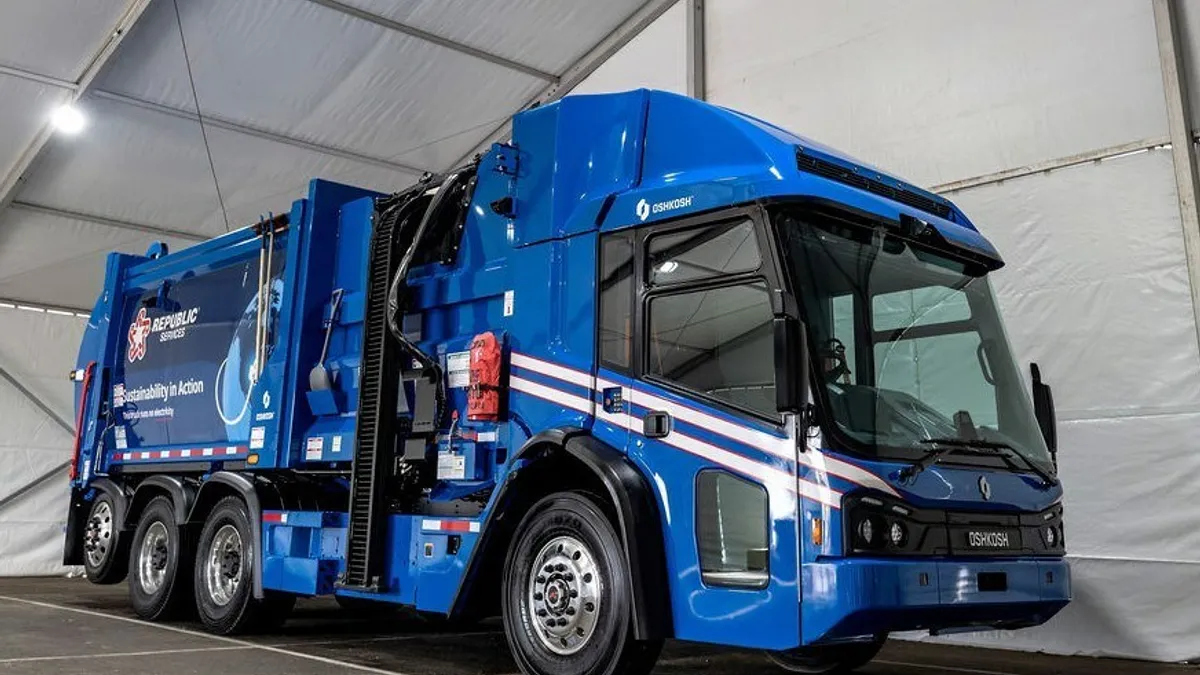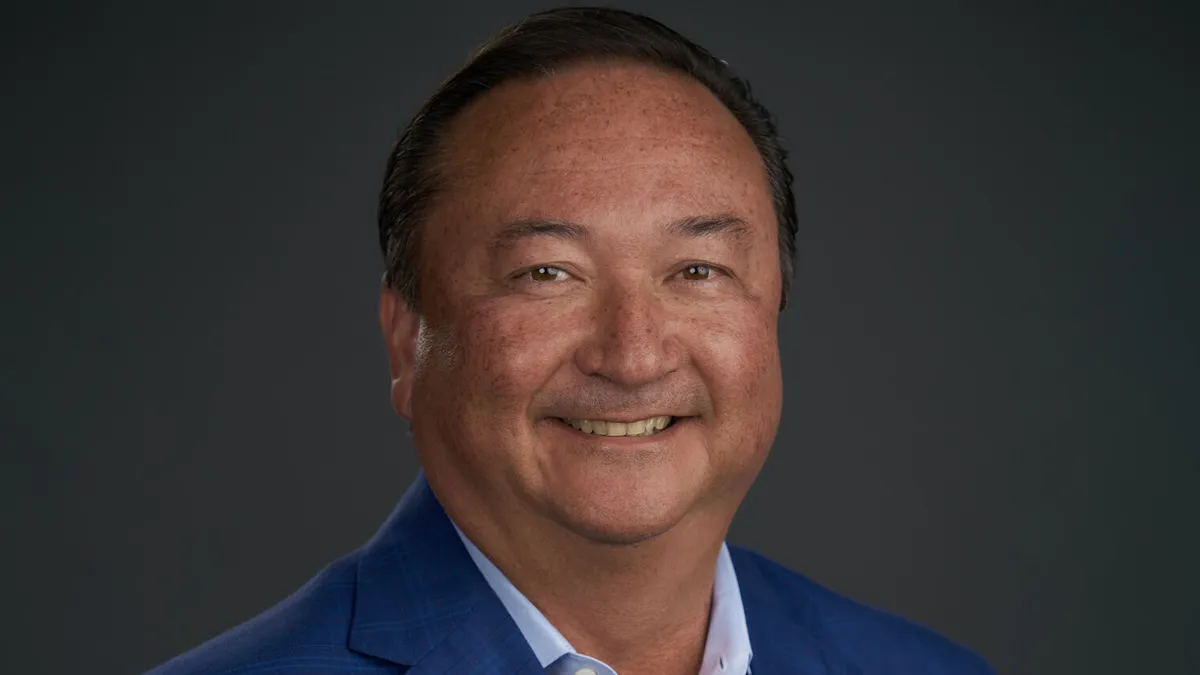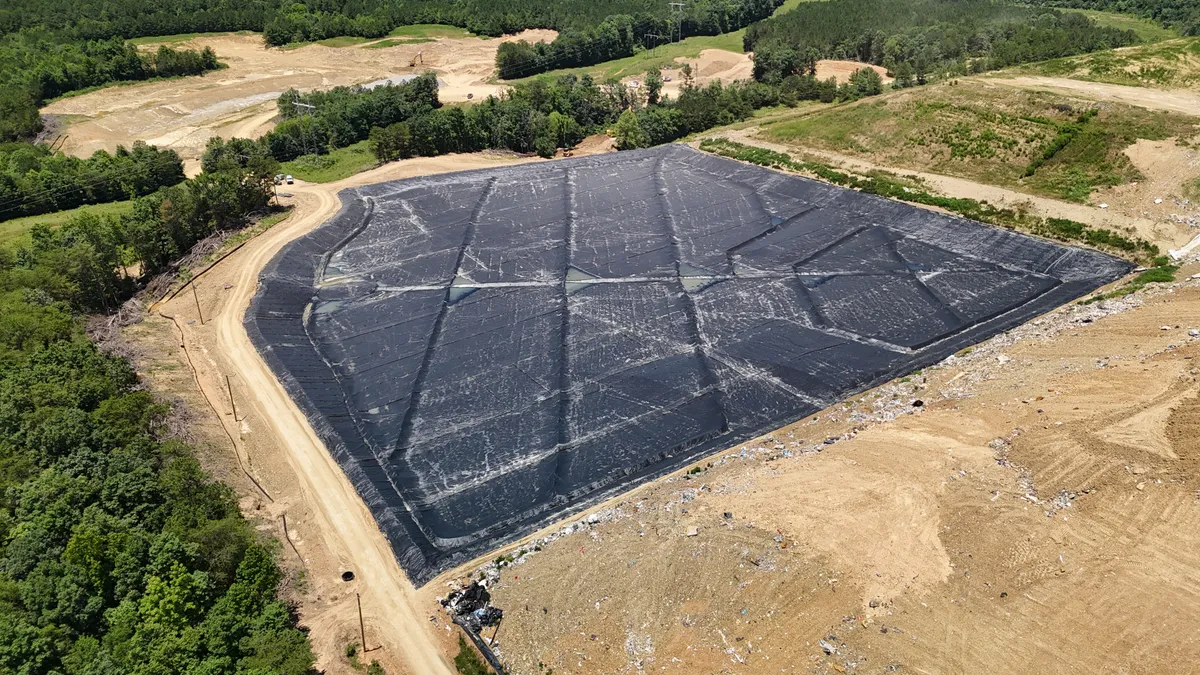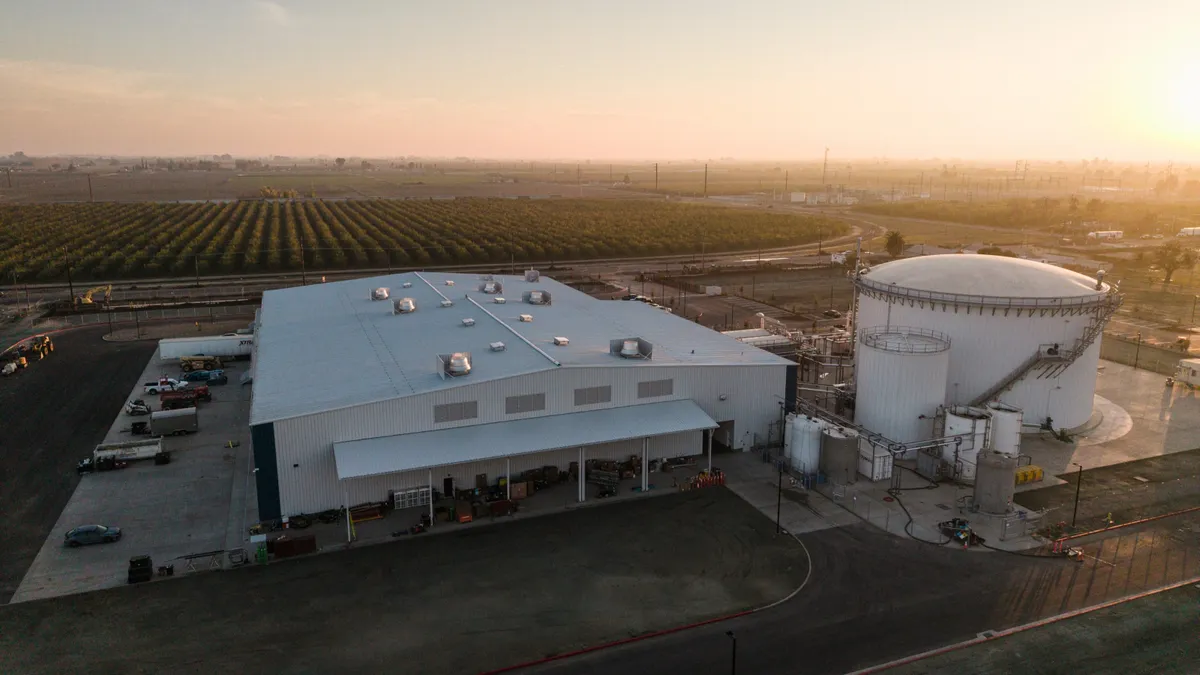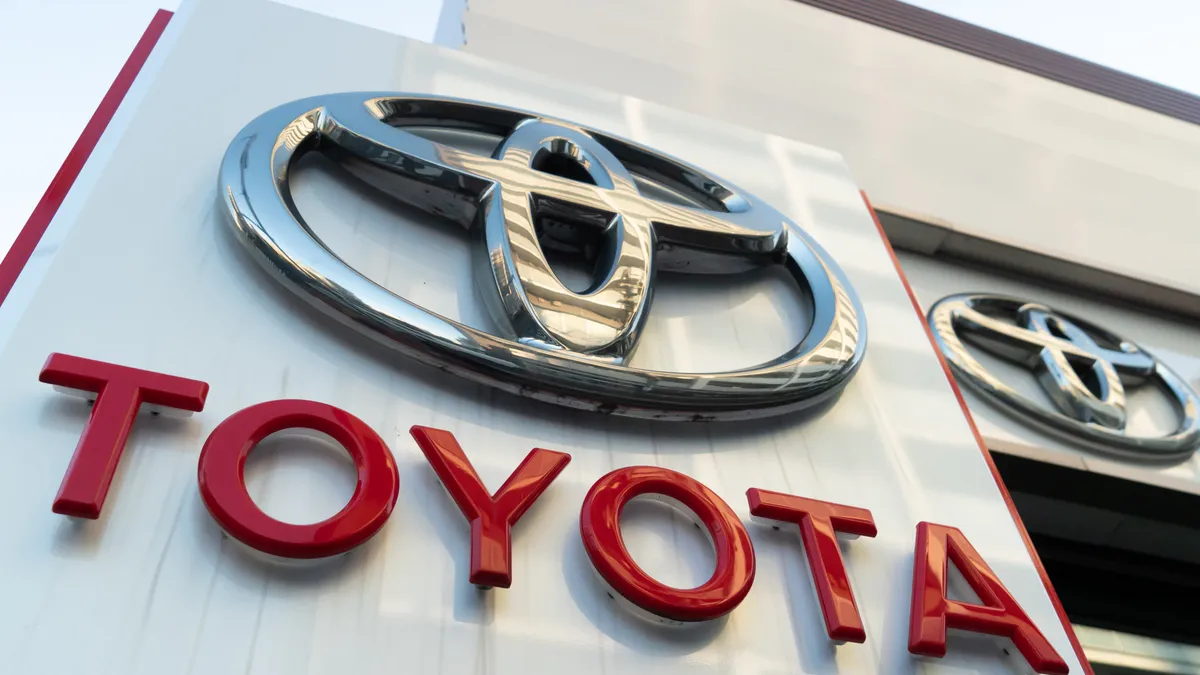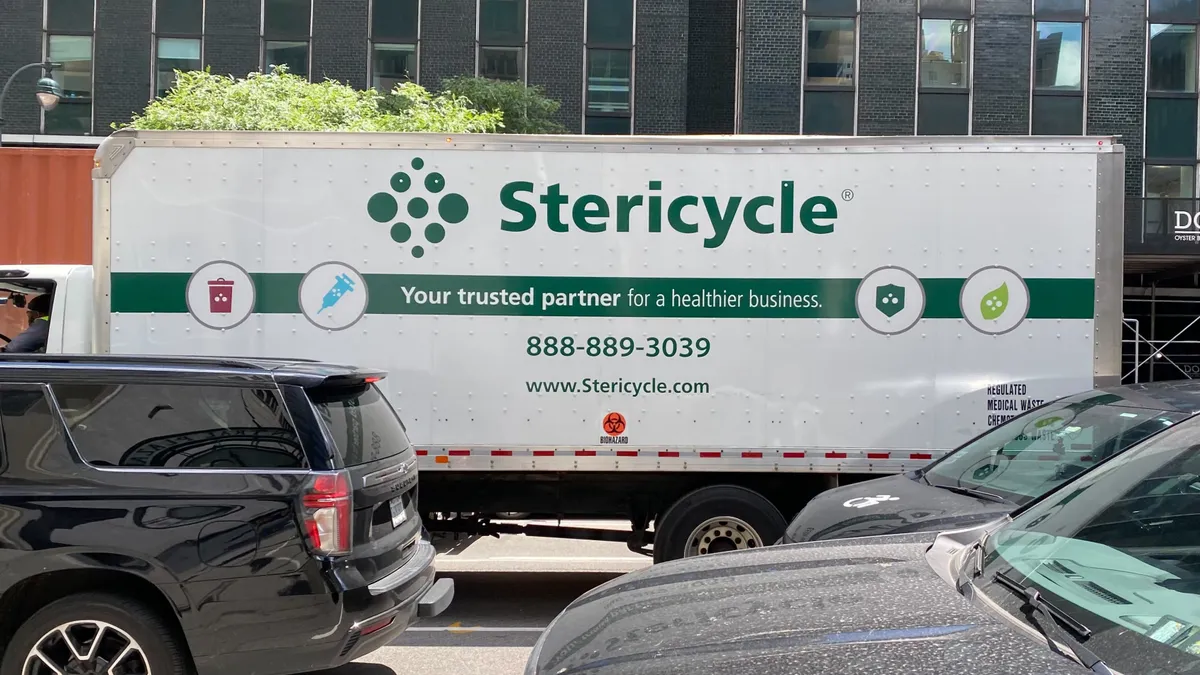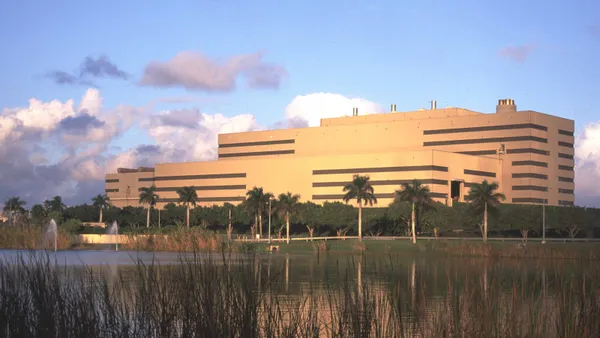Covanta has seen many evolutions over the years, though its latest shift may be among the largest yet. After its board changed CEOs, and sold the company to a Swedish private equity firm, Covanta says a new approach is emerging.
Since the $5.3 billion EQT Infrastructure deal closed in November 2021, Covanta has split off its European division, completed seven acquisitions, added more than 250 staff, installed multiple new executives and reorganized its operating structure into four regions. The New Jersey-based company’s mass burn combustion sites remain the core of its business, but its environmental services division (which can often command higher pricing) is seeing double-digit growth. Covanta also reports it is on track to meet the 2025 sustainability targets in the EQT deal’s financing structure.
President and CEO Azeez Mohammed took over following the sale to EQT. His 20-plus-year career includes executive roles in a variety of industrial sectors, including as CEO of multiple GE business units and as an executive vice president at Bloom Energy. Mohammed has a doctorate from the University of Illinois in mechanical engineering.
Waste Dive recently spoke to Mohammed, in his first extended interview since becoming CEO, about what has happened since the company went private and why he says the market will see a “vastly different narrative coming out of Covanta” in the years ahead.
The following interview has been edited for length and clarity.
How would you describe the Covanta story over the past year under new ownership? What are customers seeing, and what is the market seeing, under your leadership?

I'd say there is a definite transformation underway from repositioning the company as a leading waste-to-energy company. It's been viewed as an energy company, but our investors — and credit to EQT — see that beyond that we are actually a sustainable materials management company.
There are three distinct things that have happened. The first and foremost is us realizing we need to be closer to our communities, to our stakeholders and our customers, and be able to solve their problems on a day-to-day basis. So the first thing we did is we've broken up the business into four regional business units, which have all technologies under their disposal to problem-solve for our customers and communities. So that will endear us to the customers. By the end of this year they will see a marked difference in the way we move, the way we offer solutions, the way we respond to them.
The second one that I'd say is many of our customers have been municipalities, and there has been a steady supply of managing their material. However we've had a smaller business, which is the environmental services business, which caters to industrial customers and has a broad range of offerings. We want to build on that and make that a sizable part of the business. When we put together the strength of our existing facilities and these environmental services offerings, both organically and inorganically, we are able to provide a whole suite of offerings for our customers and grow that industrial customer base.
The third — and the key one, in my view — is repositioning the company into sustainable material management, which entails several things. Are we really getting the value for being negative carbon? For example, we extract half a million tons of metal. It is green aluminum, it's green steel. [We] are able to go to the airliners and say, you're trying to green your footprint, our aluminum could serve that purpose. We avoid 7% of the entire United States [waste stream going to landfills]. So that's a zero waste to landfill offering. This repositioning will help us command all of those premiums.
Not that long ago, before your time with the company, there was discussion about Covanta divesting its environmental services division. What has shifted in the thinking around that business, and what’s happening that maybe investors hadn’t appreciated before?
There are a few things that come to mind. First and foremost is the way the world has shifted. Most of the Fortune 1000 companies have in their agenda net carbon [reduction] goals by a certain period of time. But other than small dents at that problem, there is no big, compelling solution. So for example, there's only so many LED lights you can change in your facilities. How do you take bigger chunks?
We find that the environmental services offerings are able to take big chunks out of it. For example, they are able to beneficially reuse the water. We are able to divert some of the waste into being fuel for [cement and lime] kilns and displace petcoke. We are able to get to the C-suite discussion with these kinds of offerings.
That was not very evident in the past. And that's one of the benefits of being under private ownership, where we are able to think it's a marathon, not a sprint. Certainly that is the biggest growth area, and it's played out last year. We grew [adjusted EBITA for material processing facilities 47% year over year].
Many of your recent acquisitions have focused on environmental services. What are some the new capabilities after completing those deals?
The deals we did were strategic in filling certain gaps, be it a geography gap or an offering gap. If you look at the Biologic acquisition on the West Coast, and the Miller one in Tulsa, all of them will serve the West region, where predominantly we've not spent a lot of time in the past.
Biologic also brings in medical waste capabilities, as well as APHIS waste — which is from all the marine activities: If a cruise ship docks, how do you manage that waste? — which are all high premium offerings for us. So it solves both a market geography need as well as an offering.
If you go to Globalcycle, which is in Massachusetts, that is for beneficial reuse of water. In those places, water is becoming very expensive. So we are able to take water which would have been thrown away, or even some of the water which will be put into a landfill because they have some hazardous nature to it. We are able to clean those up and give it back to industries. In fact, we are a big consumer of that water internally. So that was strategic.
The other acquisition which fills in an offering gap is SGS in [New York]. That has helped us really build this offering for cement kilns. In fact, we expect to be a huge partner to our cement kiln customers. They've been asking, and we've been helping them out, but in a very small manner, in a more experimental basis. This now brings us the commercial capabilities and the inroads, and we plan to really grow that line of business dramatically. That is engineered fuels from waste.
Turning to your core thermal treatment facilities, there was talk under the prior ownership of closing some facilities or exiting some public operating contracts. I saw you recently extended a contract with Tulsa. Where do things stand more broadly on those decisions?
We are not leading with that. In fact, that is probably going to be the fifth or sixth avenue. But I do agree with you, in the past it used to be the No. 1 talking point. And there is a reason for why this pivot has happened.
These are negative carbon facilities. And to get a negative carbon facility of this scale permitted and built it's going to take a huge amount of time. So our first line of defense is going to be, if they are not performing to the level of expectation, how do you recontract or fix the operations so that it, indeed, can perform better? And what I realized coming in is we have a track record in an isolated sense to do it. It is just that we need to give it the time and the space and the investment to play out.
Does the new private equity funding affect the pace or scope of upgrades you’re able to make at these facilities, beyond normal maintenance?
Yes, absolutely. There is a bit of a catch-up to do here. Because of the thinking of cost preservation and not a growth-oriented mindset, [the company] was always focused on what can you reduce. Now we are catching up for those past positions. And I'm not being critical of any of those, it was a decision made at that time for that context.
In fact, this year, our capital expenditures [for these facilities is up 37% year over year], and that catch-up will pay dividends. Because now you're not always reacting to plants being down. You will have superior running plants, and better customer satisfaction, higher volumes, more offerings through those. A part of next year will also be a bit of catch-up. But we are already starting to see the teams engaged and energized because of these actions.
Covanta is working on an expansion in Pasco County, Florida, with others being discussed. Is it possible that we could see further expansions or a greenfield project in the U.S.?
Definitely expansions are easier. [Pasco] is underway, and they are great partners for us. But we are also evaluating where there is optionality in many of the facilities that we own, where we could put in another bay so we can increase the tonnage processed. So those are much easier than going and building a brand-new facility. And in many cases, we do have the permits as well. It's just making sure that of all the capital allocation we have to make, with the M&A and other stuff, what’s the timing.
The [Inflation Reduction Act] has actually given a boost. Many of our clients didn't even realize that they could be significant beneficiaries of this. So we've been on that education spree to let them know. Even without the IRA, the economics are great. With the IRA it becomes fabulous. So you could see more come up, but not at the rate at which our acquisitions have been happening.
I would, however, highlight to you another kind of greenfield. We talked about the environmental services business. There is a greenfield aspect there, too. These facilities have the best capital allocation because we are able to create distributed facilities out there in the country. They are not very high [in capital costs], permitting is not laborious, and within a couple of years we could stand up a facility which is catering to a specific group of customers or a market.
When it comes to expansion, or operations in general, community relations around waste facilities can be complicated. How have you been asking your team to approach environmental justice and community engagement?
We quickly realized that in today's drive toward climate change and other things, we need to stay even closer to our communities. I didn't appreciate this importance until I landed here. Within a few days, it became clear to me that even though we'd been doing things on the community outreach and staying close to the community, we need to get more structured and lead with it.
The chief sustainability officer for the company, who deals with government affairs or community outreach, was tucked away in the organization. Now it is an [executive vice president] role reporting directly to me. I was quite particular about it. We have Tequila Smith, who is a leader in this, that we've been able to attract, and she's already making big strides there.
But there are three things we are out to do. The first thing is we have invested close to half a billion dollars in technology to make sure that we are at the lowest possible level of any gross emissions. [Since 2015] we have also contributed hundreds of millions of dollars as host fees to the communities which depend on us as a source of revenue.
The second one is just staying close and having the pulse of the community. An example would be investing time and resources on the STEM area with the schools. In the last 10 years we've hosted 200,000 school kids where we talk about climate change and our role in it. Many of those kids have gone through internships and even worked in our facility.
The third one is just being a responsible citizen and having more touch points. Before, there was no structure around reaching out to the elected officials to understand their concerns, react to it, volunteer, adopt a highway, do all those things. Now we have measurements ... and every year we want to do more and more and more, and not rest on the laurels of what we did in the past.
I think we’ve got to move our impact on the system as a whole, and [tell] why we play a critical role. We could play a meaningful role, not just chip away at this climate problem. When I'm talking to elected officials lately, in this manner, it resonates. We've not been [fully telling that] story for decades. So now we are starting.
Private equity holding periods can range. How should we think about your time with EQT? Will it be a shorter or longer holding period?
They are patient. They are in it for the long-term value creation, and I've actually seen it play out the last year in the decisions that are being made, the support that is being given. Many people do say sustainability, but EQT actually says it, they believe it, they act it. We have milestones, we have to deliver solid results every year, all of us will be patient about those things. But from a holding standpoint, there's so much value to be created in this that there is no hurry.



